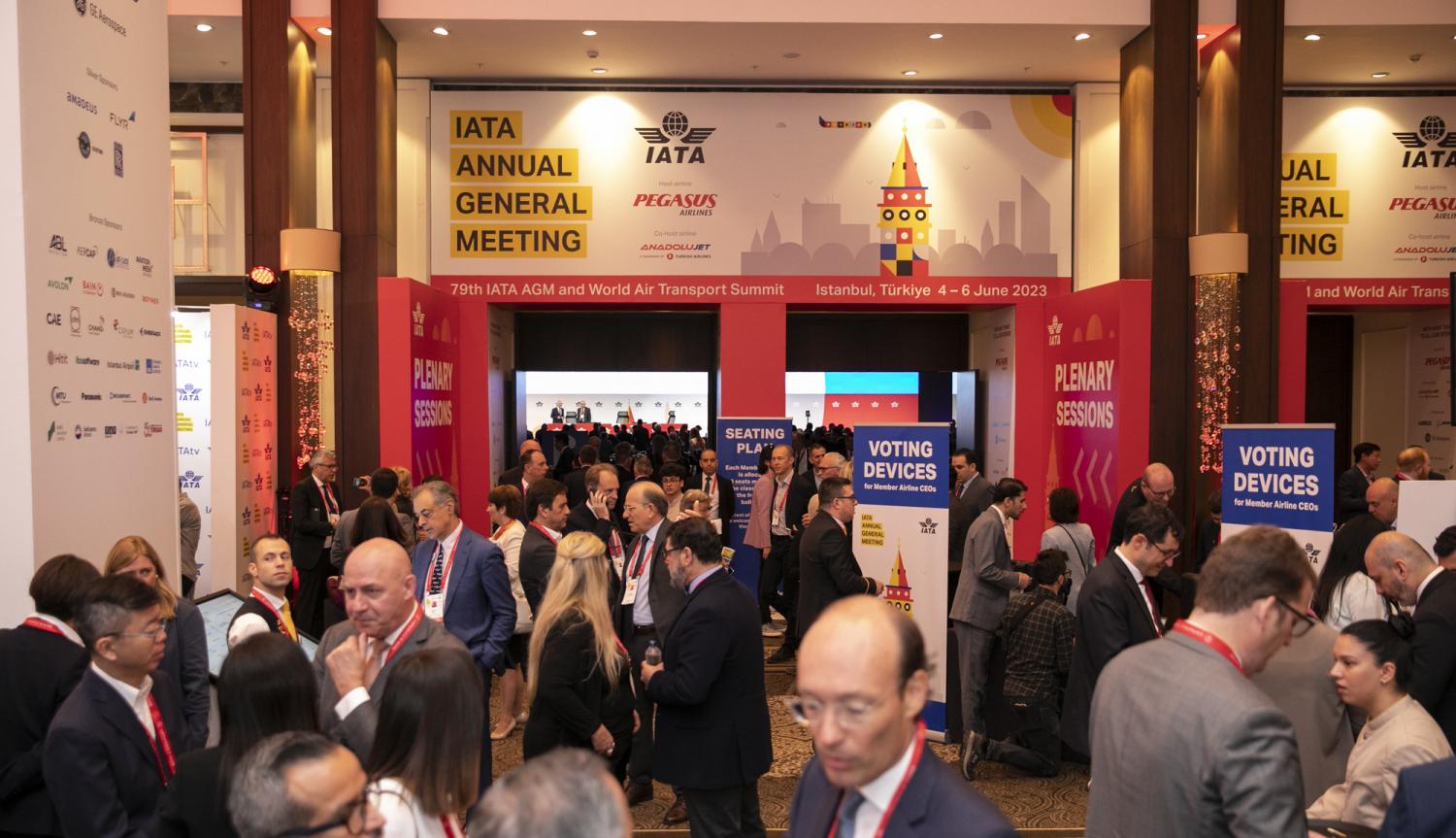
The International Air Transport Association (IATA) expects Asia-Pacific aviation to gradually recover throughout this year, despite some hiccups in the supply chain and a few Covid travel restrictions still being in place.
"China's reopening six months earlier than expected was a big boost to Asia-Pacific and the whole industry," said Philip Goh, IATA's vice-president for Asia-Pacific.
In April this year, revenue passenger kilometres (RPK) for Asia-Pacific traffic tallied 82% of the corresponding period in 2019.
Domestic RPK already surpassed that of 2019, while international travel for the region steadily recovered but stood at only 66%.
Mr Goh believed it would take at least two years for international travel to return to normal levels, which would see RPK returning to normal by 2025.
Meanwhile, global aviation this year is projected to earn US$9.8 billion net profit on revenue of $803 billion. The Asia-Pacific region might still lag other regions with a $6.9 billion net loss.
Mr Goh said he expected the region to see a financial improvement next year, but noted that there's no clear evidence that it could record a profit.

DECISIVE FACTOR
Outbound flights from China represent the decisive factor helping to push regional traffic towards a normal level within this year after surging to 82% of the level recorded in 2019 in April, according to Mr Goh.
"China is a huge aviation market which just reopened a few months ago with few remaining restrictions. For instance, visa requirements for Singaporean travellers, compared to visa-free travel before Covid-19," he said.
According to Zhao Hongliang, chief executive of Juneyao Air, his airline's flights between China and Thailand recovered to just 40% of the level recorded in 2019, with two daily flights from Shanghai to Bangkok and Shanghai to Phuket.
Mr Zhao said challenges for international airlines also persist at Thai airports, such as Chiang Mai, where there is limited handling capacity.
He said the airline hasn't yet been allowed to resume services to Chiang Mai this year as it previously planned.
Suvarnabhumi airport in Bangkok also faces the same issue and the airline has had to switch its operations to Don Mueang airport instead.
Chai Eamsiri, chief executive of Thai Airways International, said the company expects to see a significant increase in Chinese travellers as well as other markets during the remainder of this year, especially during the high season.

SUPPLY CHALLENGE
Mr Chai said a major aviation challenge this year is a dependency on the supply side, as supplies of manufacturers' spare parts and tools have still not returned to normal.
These businesses cut a huge number of staff during the pandemic and they are now having to delay deliveries of their products.
With soaring demand for air travel, many airlines are queuing up to service their fleets which has created a bottleneck.
"We want to increase flight capacity, but the issue is that we don't have enough aircraft."
Mr Chai said the capacity at Thai Airways has resumed to 65% of the 2019 level.
Thai Airways has already solved the issue of congestion at check-in counters and has increased the number of staff members handling ground services for its passengers.
However, it still requires additional staff to outsource ground services to other international airlines at Suvarnabhumi airport.
Speaking at IATA's Annual General Meeting & World Air Transport Summit 2023 in Istanbul, Mr Chai said bilateral talks held with partner airlines and stakeholders had been very positive, and included new routes.
This year, Thai Airways is aiming to carry 9 million passengers with revenue of 130-140 billion baht. It has 65 aircraft and will secure 11 Airbus A350 aircraft next year.

CALL TO REDUCE BARRIERS
IATA also urges 10 countries and territories to remove their travel barriers, such as restrictions or requirements due to Covid-19.
These include Indonesia's vaccination requirements for entry, and India's random on-arrival testing.
As Thailand is planning to collect a 300-baht tourism tax, he said this is never a good idea as it would prevent passengers from travelling.
Mr Goh said next year might not even be the right time to start such a step as some related authorities had suggested, as Asia-Pacific travel hasn't yet fully recovered.
At present, traveller demand has recovered faster than the restoration of flight capacity, said Mr Goh.
He believed prices would be more moderate once more airlines added seat capacity to the market and the jet fuel price decreased from the level seen last year.







